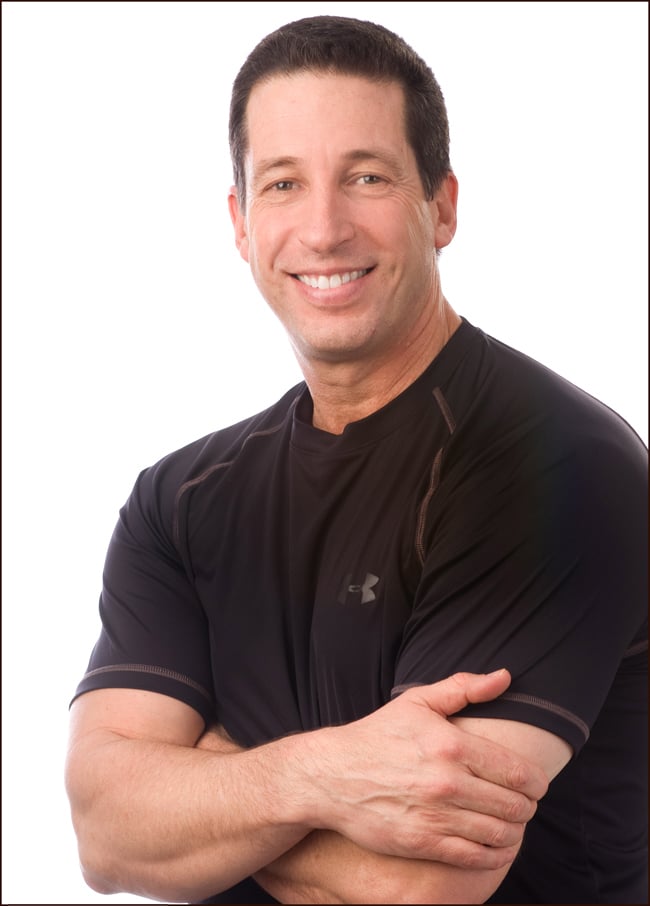We’ve all done it — you know, walking nonchalantly yet managing to trip over an object that rises out of the ground no more than an inch. The first reaction is to get our feet under us, and the second is to look around and meet with impending doom the embarrassment that nine times out of 10, someone was watching us!
On a more serious note, however, falling is not a laughing matter. Just ask the countless orthopedists, trauma surgeons, plastic surgeons and dentists across the country — not to mention the many patients who must go through the agony of rehabilitation after sustaining a fall.
Suddenly “agility” and “balance” become applicable to not just the athletic population but to anyone who has to navigate our countless curbs, cracks, steps and stairs. In these instances, agility is best defined as a person’s ability to do anything possible to avoid falling, which as we have all experienced is not always that easy. In a world where statistics can serve as a wake-up call, falls are the leading cause of injury death in people over the age of 65 and the most common cause of nonfatal injuries and hospital admissions for trauma for seniors.
To put it even more bluntly, one out of every three adults over 65 will fall each year, with two-thirds of those who fall experiencing yet another fall within six months. One-third of those who fall will encounter this event as a result of an “environmental hazard” (object within their home), as well.
Despite these threatening statistics, there are a number of things that can be done to avoid falls — and to manage the inevitable, as well. From an agility perspective, seniors can do many things in the comfort of their own home to improve their agility:
• Balance: With the security of a sturdy or immobile object (wall, back of chair, walker) put both hands on object and alternate standing on one leg for a count of 3-5 seconds. As improvement takes place, lengthen the amount of time per leg. Do this with your eyes open and eyes closed. This will not only build balance, but strength as well.
• Dance: Yes, you read that correctly. Depending on your level of physical ability, dancing at any age and at any pace is the epitome of agility. It forces dancers to deliberately pick their feet up and put them down in the correct spot. Even if you can’t do the tango, movement using minimal steps or within a confined space can do a world of good for balance.
• Ladders: Not the real kind, but those made out of tape. For the serious athlete, I frequently work with speed ladders made from rope and plastic. They force the athlete to work on motor patterns of different footwork combinations at fast speeds. For my seniors, however, we do the same thing but make a ladder on the floor with masking tape. This eliminates the concern about a foot getting caught on the actual rope of a speed ladder. It also forces seniors to use some cognitive ability to memorize and apply these patterns.
It has been shown that, in addition to working on balance and agility, the development of strength through resistance training also helps a person cushion the impact of a fall. Strength training in combination with agility training can make a difference in accident statistics at any age.
Bill Victor is the owner of Victor Fitness System Professional Fitness Trainers, Flashpoint Athletic Speed & Agility Specialists, and Performance Nutrition Consultants. He can be reached at billv@victorfitsystems.com, 360-750-0815 and online at www.theflashpoint.org and www.victorfitnesssystems.com.



